|
After selling my EVScope recently - you can read more about that choice below - I sold a few other items and wound up with a nice chunk of change. I started feeling a familiar temptation, one I've described often in these pages. Should I buy a big telescope that, yes, wouldn't cool down quickly enough to use outside of summer, and yes, might struggle with dew or collimation, but - but! - if conditions were just right, could show me more of the universe than my refractors currently reveal? One option after another came to mind as I struggled to settle my one-year-old at night, and one after another I knocked them down. Visions of what I might see with a much bigger telescope clashed with visions of that telescope gathering dust in my closet while I walked out the door with another small refractor. The truth is, I have to walk too far and observe too quickly for anything other than a refractor to make much sense (except perhaps a Hubble Optics reflector, but I worried about setup time). In the end, I decided to double down on what I already have, and add a little variety to my refractor lineup. I really wanted a telescope that's even more portable than my TV-85, for nights I'm feeling tired, want to go further afield, or don't have enough faith in the atmosphere to haul out a bigger instrument. And I wanted a refractor that's a little better in red wavelengths than my FC-100DC, and maybe just a bit more attuned to planetary observation. No major leaps, then, but a bit more versatility and a bit more variety. My first purchase was a Takahashi FS-60Q. I found what seemed like a good deal and couldn't resist pulling the trigger. The 60Q screws in half, so it fits neatly in a small backpack with my VAMO traveler mount. It even comes in two formats: a tiny, do-everything version with a very short or "fast" focal ratio, and a long "Q" version that's "slower" and has much better color correction. That's the version I'll use - screwed in half, as I carry it on my back. When the telescope arrived, the optics were in perfect shape but the body had a couple tiny nicks - imperceptible at first glance - and the dust cap didn't fit quite as snugly as I'm sure it once did. What's worse, I quickly found that I needed a long list of expensive accessories to actually use the telescope. After a couple weeks and a lot of headaches, I finally had everything assembled and ready to go. It was a cold night with below-average seeing: exactly the kind of evening that didn't seem to justify dragging out a bigger telescope. The weight of my whole setup was almost laughably light as I excited my building; I could barely feel it at all. I could get used to that . . . . I found that same spot next to the church where I'd set up my APM a week or so ago. It took me just a couple minutes to unpack my gear, although I have to say: screwing the little telescope together is an extra step that can be a bit awkward in the dark. The sounds of traffic were also a little too close for my liking, and I wished I had walked on down to our nearby park. Yet it was late, and this was so much better than nothing. Mars was now right at opposition, and wow did it even look big - even through the little telescope. To my delight, both dark albedo features and the south polar ice cap were immediately obvious on the planet, and the seeing didn't seem that much worse than average (owing, perhaps, to the smaller aperture of the telescope). I could make out Mare Cimmerium, clear as day, and I think maybe - just maybe - the long, thin outline of Hyblaeus. The Curiosity rover, the Insight lander, and even Viking 2 were all in the picture, in a more or less vertical line across the planet. After about half an hour of ogling, I packed up. The view was much dimmer than it is through my bigger refractors, but the detail I could make out was truly impressive for such a little telescope. The one drawback: I can't reach focus with any of my Delos eyepieces using the telescope. I suppose that's okay; they're really too heavy for a really portable setup. Then, last night, I returned to the church with my FC-100DC. Atmospheric seeing promised to be better than average, but it was immediately obvious from the halos around streetlights that transparency would be anything but. This time, I nearly convinced myself to keep walking to the park, but again it was cold, I was tired, and I wanted to go to bed on time. What a joy it's been to observe Mars high in the sky in the evening, rather than the (painfully) early morning!
Strangely, I happened across much the same region of Mars. While the planet was a good deal brighter than it had appeared through the FS-60Q, the transparency was so bad that I spotted only the tiniest hints of additional detail (usually, it's the seeing that limits planetary observation). Once again, I enjoyed the view for about half an hour, watched a deer walk daintily across the sidewalk, and then packed up. Hard to believe that I can now get six hours of sleep after observing Mars!
0 Comments
Leave a Reply. |
Archives
March 2024
Categories
All
|
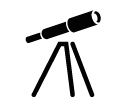
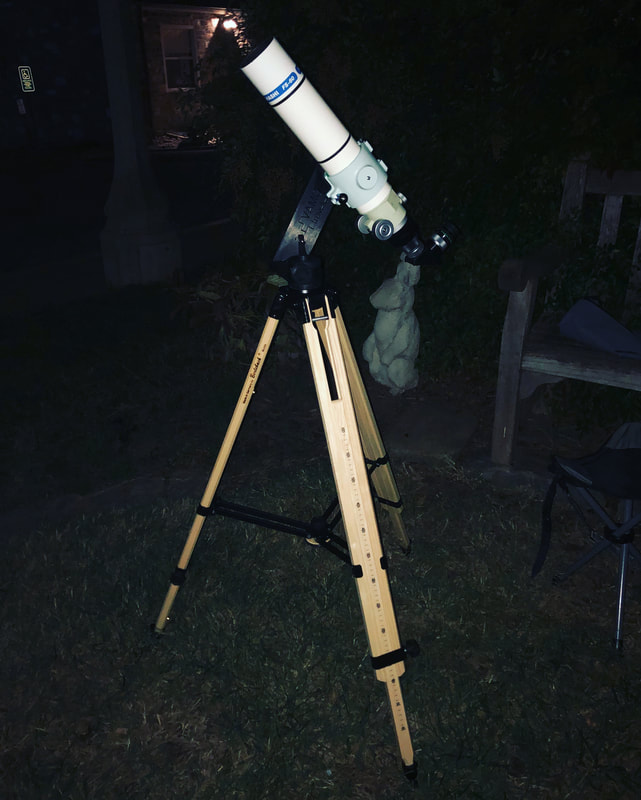
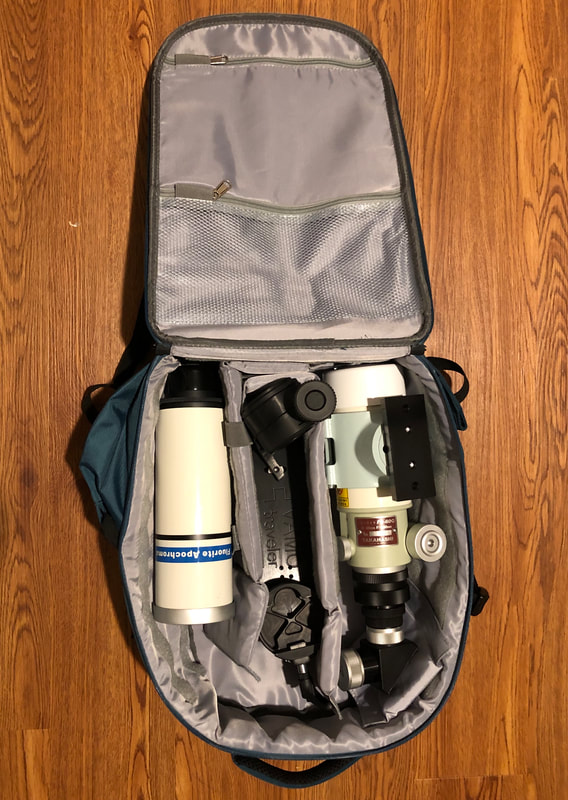
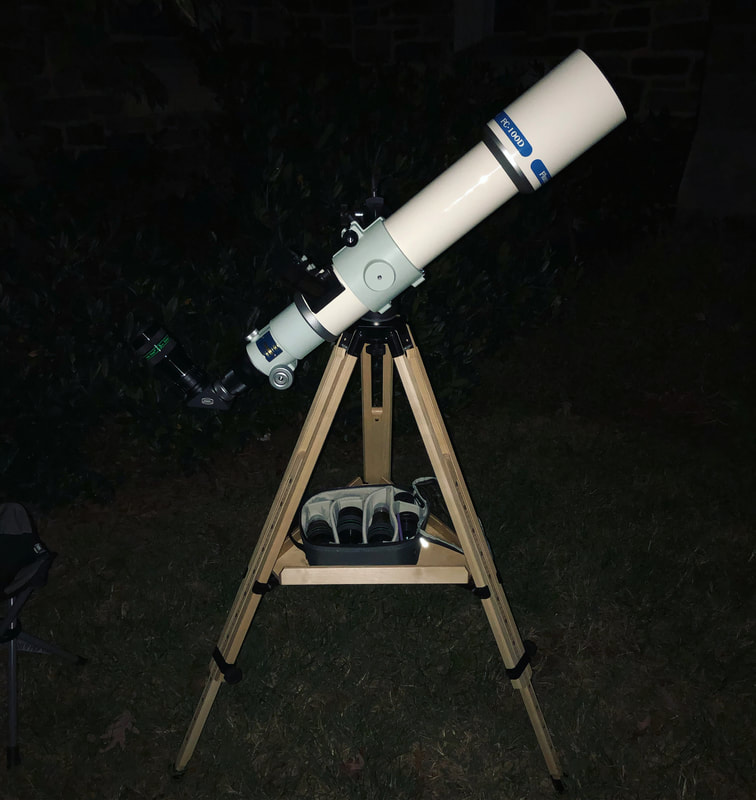

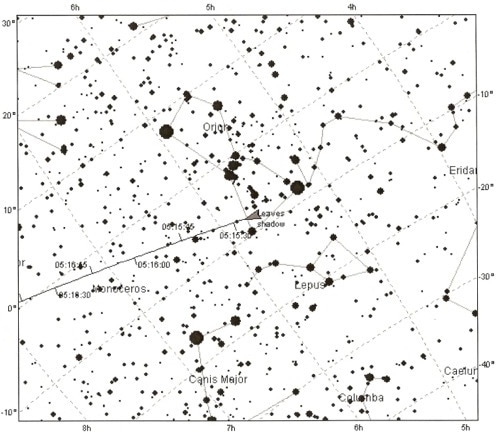
 RSS Feed
RSS Feed